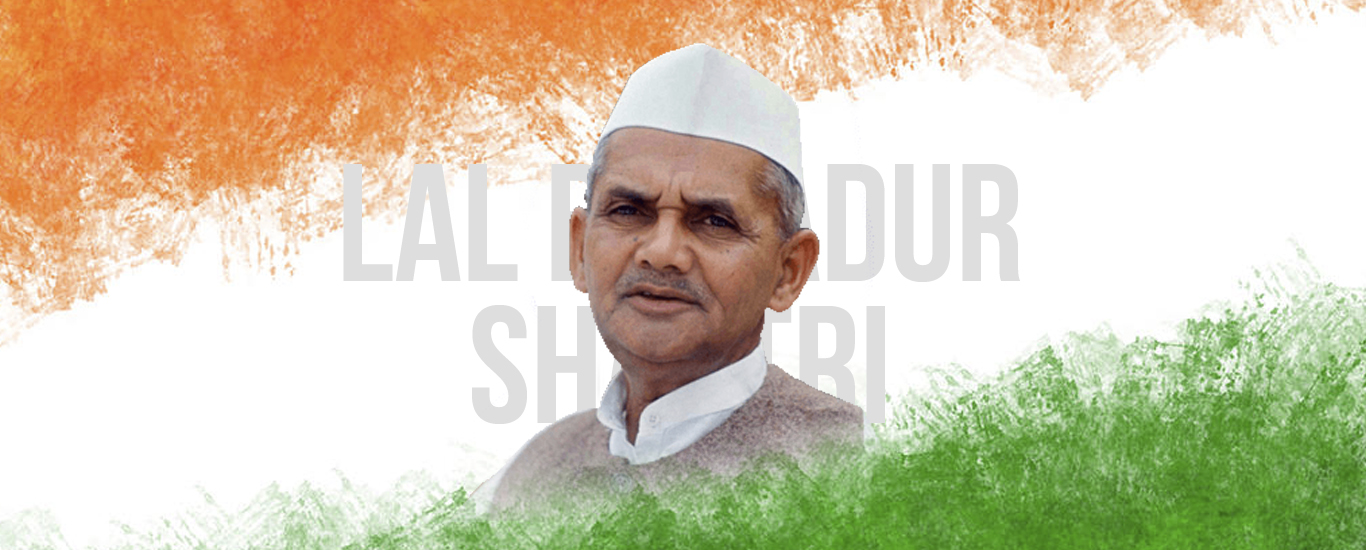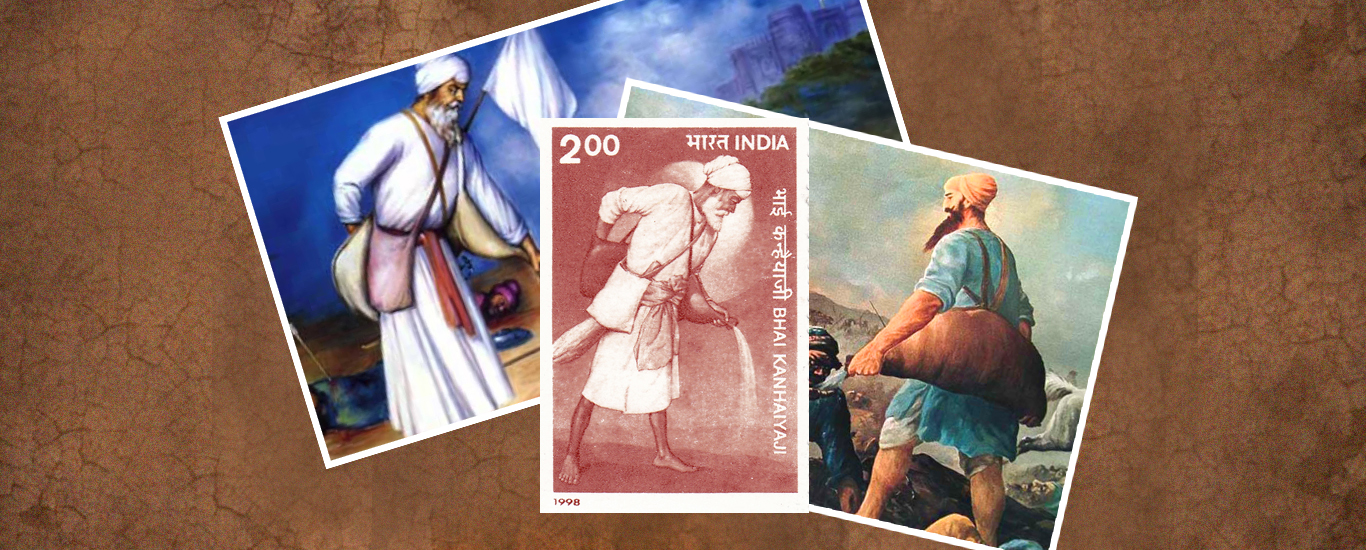Rukmini Lakshmipathi
India is celebrating independence year by year. But are we really remembering the peoples and struggles behind it? It is our duty to think back to the peoples who fought for the Swaraj war against the cruelty of the British rulers. The history of the Indian independence war is always inspiring and is a pride for all Indians. People have united from many regions, from different social and economic backgrounds, the influencing public partnership that has appeared in the Swarajya is an impact against the British rule. All around the globe has attracted attention.
Mrs. Rukmini Lakshmi is a legendary women who actively took part in the salt satyagraha movement in Madras presidency under Rajaji’s leadership. In the background of the salt satyagraha movement, Rukmini was the first woman to be arrested in the Madras presidency. As per different historical evidence, she became the first Indian woman to be sentenced to jail for engaging in the salt satyagraha. Moreover, she says she had contributed all her gold ornaments to the Harijan welfare fund
Early life
Rukmini Lakshmi Pathi was born on December 6, 1892 into a farmer’s family and her grandfather was a landlord. In pursuance of her graduation from the Women’s Christian College in Madras (now Chennai), she got married to Dr Achanta Lakshmipathi. Lakshmipathi joined the Indian National Congress at the age of 31 who was actively engaged in the freedom struggle against the British Empire. She was immensely motivated by leaders like Mahatma Gandhi, Sarojini Naidu and C Rajagopalachari.
Her steps to politics
In the 1920s, Rukmini stepped into politics. She participated in the Swadeshi movement and took to spinning khadi and convinced young women to wear khadi. In the year 1923 she joined the Indian National Congress and played an active role in running the Youth League of the Congress.
Her struggle for freedom
In 1911, Rukmini entered the women’s movement and became the Secretary of the Bharat Stree Mahamandal. In 1917 she also joined the WIA (Women’s India Association). She became a part of the Civil Disobedience Movement In 1930 and was sentenced to jail for a year. She struggled for the rise of women and their needs like education, condemnation of child marriage, and other social reforms.
Salt satyagraha
Mahatma Gandhi started this historic salt satyagraha movement against the British government when they imposed taxes on salt. From Sabarmati Ashram in Navasari district of South Gujarat from 1930 March 12 to 1930 April 6 Dandi march continued for 24 days. Many protests like these took place in many places in the coastal areas of the country. From Tiruchi to Vedaranyam Sri Rajaji Yatra was organized along with 99 selected Satyagrahi which included four women in Madras presidency.
Mrs. Rukmini was one among the selected women at that time. There were no women satyagrahs who took part in Gandhiji’s Dandi Yatra. Not only that, a large number of women didn’t become a part of the salt satyagraha anywhere else.
The British rulers have banned this trip. On those who participated in the tour, the local commissioner commanded the lathi charge. Mrs. Rukmini Lakshmi Pathi was fearless of all these things and took her foot forward bravely. In that case, it was also known that other women were also beaten by sticks to protect the Satyagrahs. This depicts a clear vision of struggles of the situation if the rulers have informed the people of those villages that they should not get intense punishment if they provide provisions to the Satyagrahs. Other Satyagrahs were arrested in Vedaranyam along with Mrs. Rukmini Lakshmi Pathi,.
She was imprisoned in jail for a year. Later she was elected as the first female member of the Madras Legislative Assembly in 1937. Rukmini also served as the Deputy Speaker of the Assembly. Mahatma Gandhi also established a personal satyagraha. As per this, he was supposed to read a line against British rule by standing in a noticeable place in his elected Satyagrahi town.
Rukmini was elected to the Madras Legislative Council in 1934 after winning a by-election. She became the first woman to become a member of the Legislative Assembly three years later.
In 1946, When T Prakasam was the chief minister of Madras Presidency, Rukmini served as a minister of health in his cabinet, which made her the first woman Minister in the state. She passed away six years later at the age of 58. The Government of India issued a postage stamp on her memory in 1997.
Stories of women who took part in the Indian Independence Struggle were really brave and should be appreciated. Some of them might be mentioned in our history books or popular memory. Anyways these were ordinary women from all walks of life who struggled to make mind-blowing contributions to the cause of freedom.



